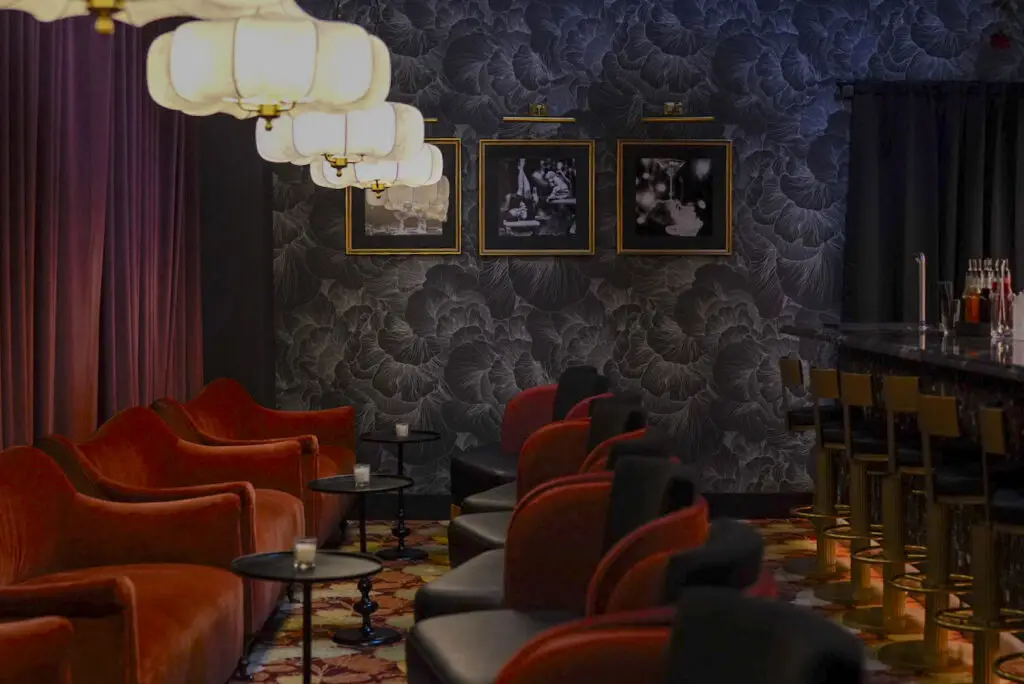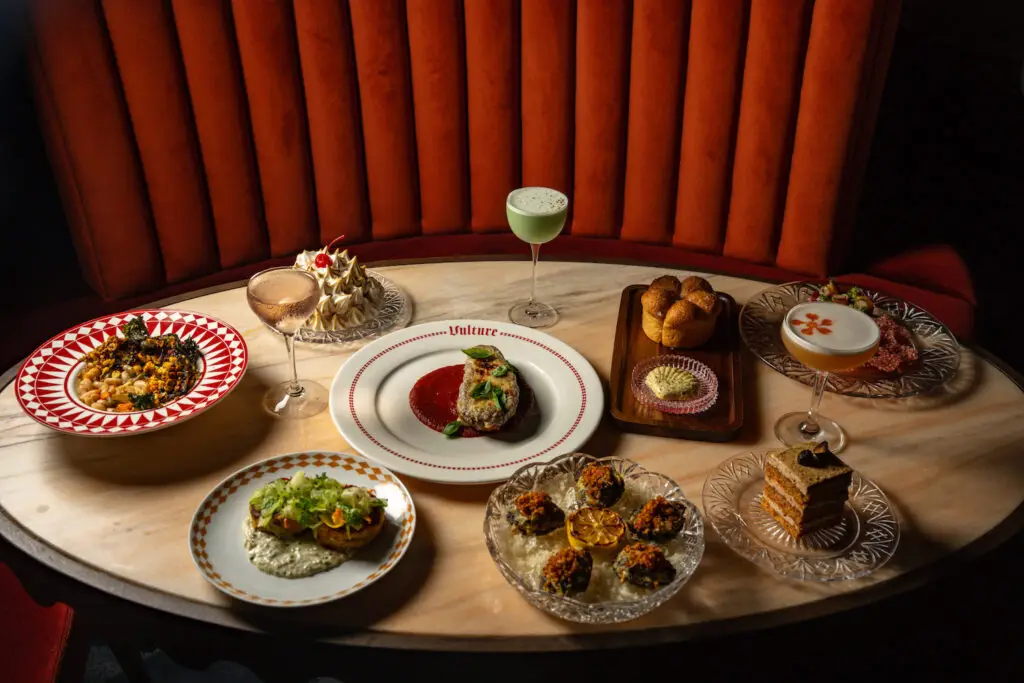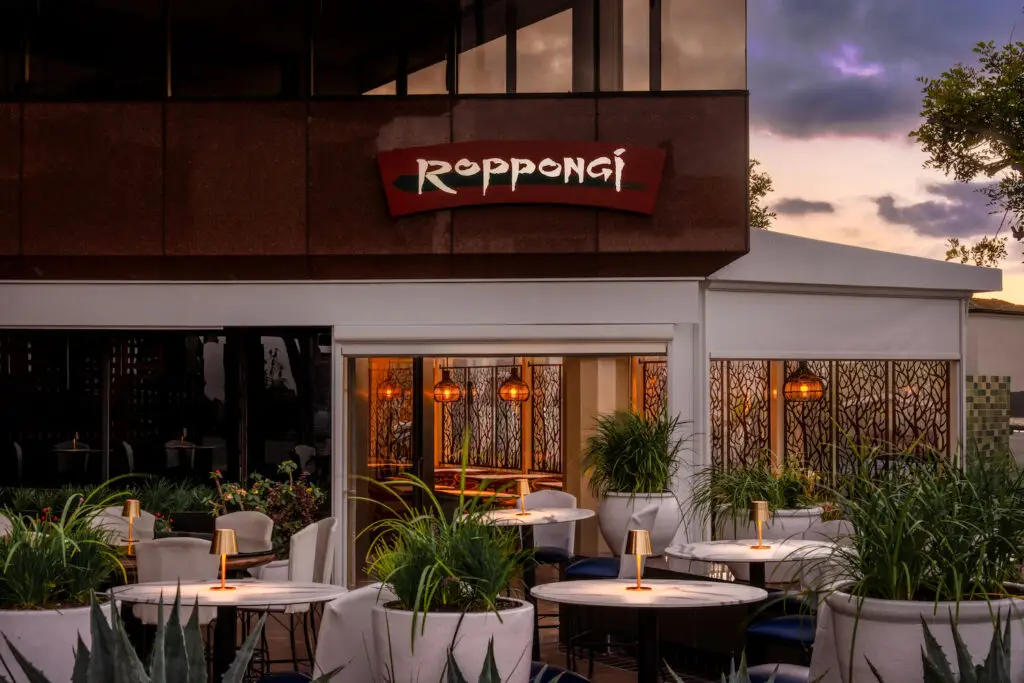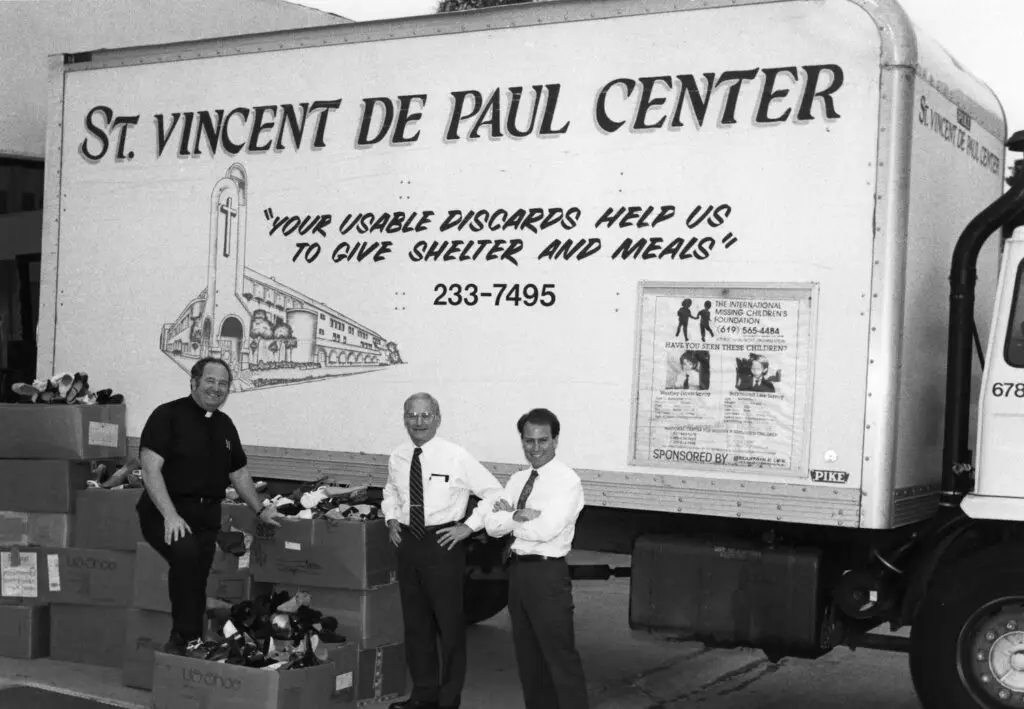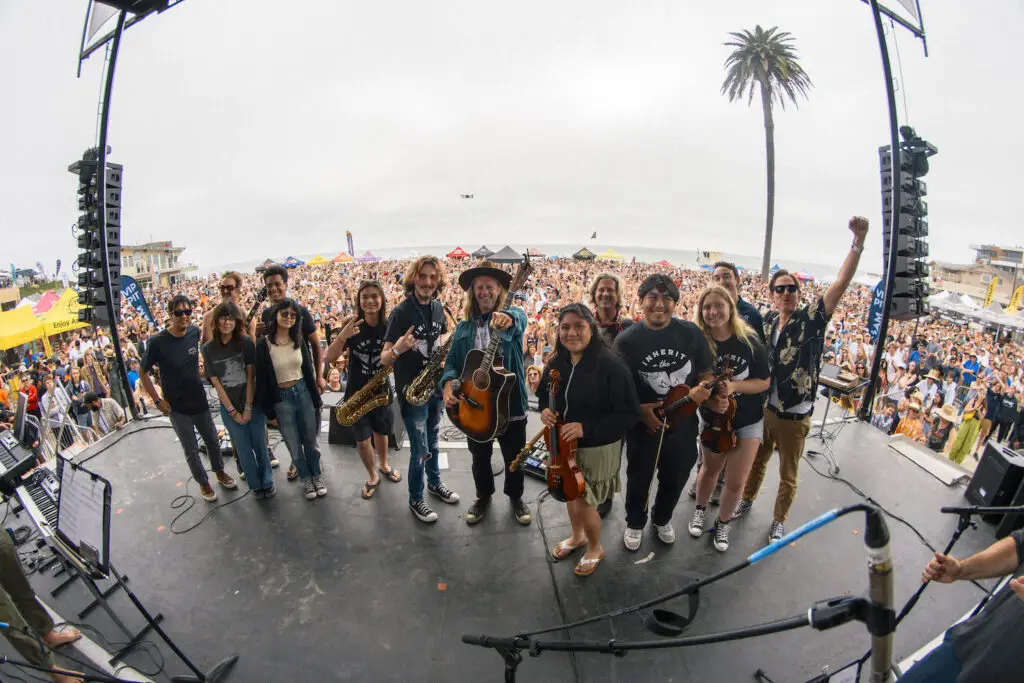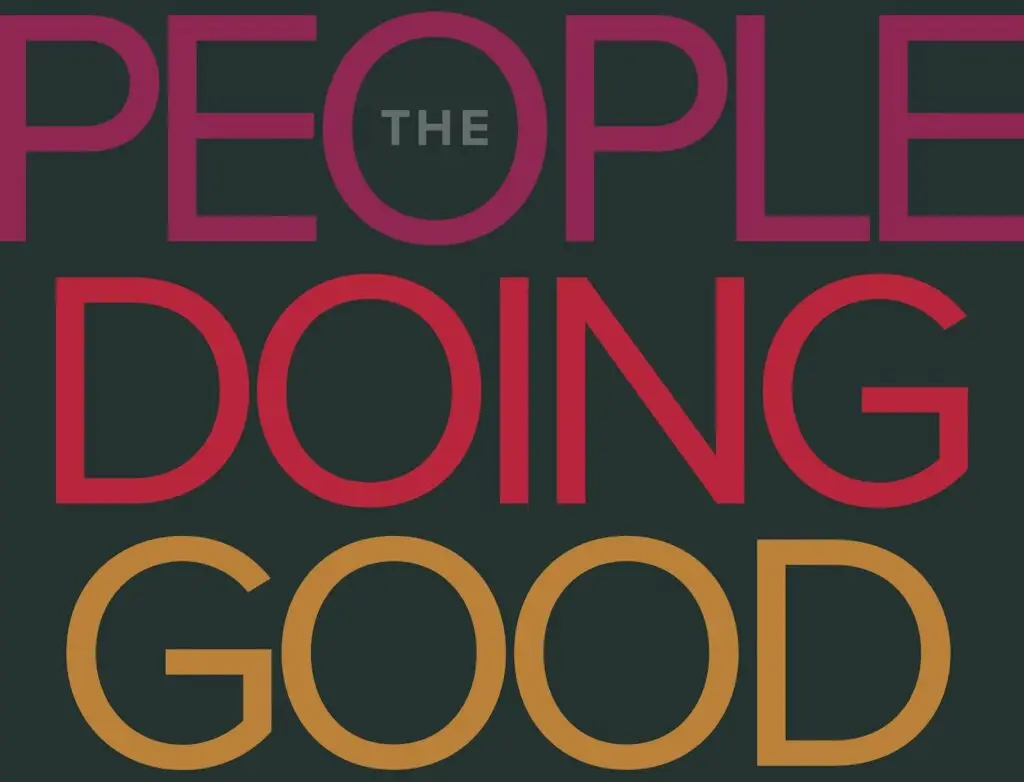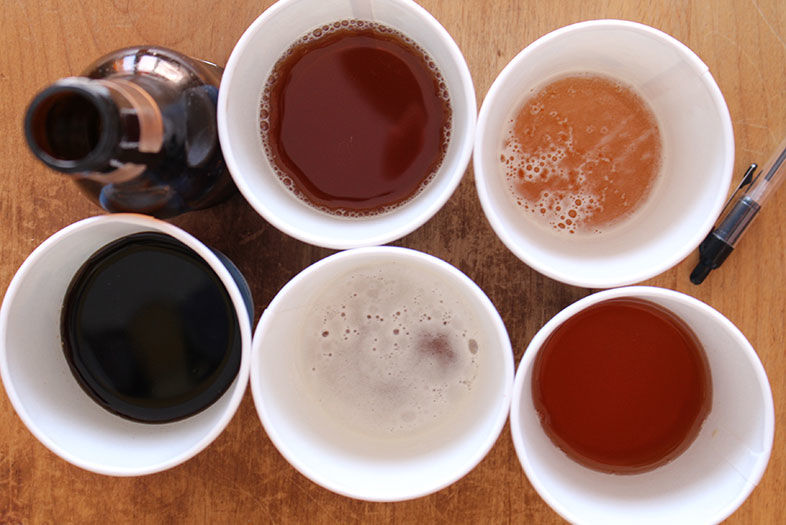You’d be amazed by how many expectations and assumptions we bring to our beverages based purely on their packaging and marketing. Show someone a bottle of beer and tell them it cost $50 and got 99 points from Draft Magazine: I guarantee, when they taste it, they’ll think it’s good. Labels, marketing, “image,” and price all influence what we think about every product we see, and that holds just as true for beer. (Haven’t you ever bought a bottle of beer or wine just because you really liked the name or the label?)
Once in a while, it’s fun to cast off all our preconceived ideas and entrenched opinions about what we like (and don’t like) and just explore. Get out of our comfort zone. Throw caution to the wind. When it comes to beer tasting and palate expansion, I like to go back to an exercise I started in my wine-exploration days: the blind tasting. Blind tastings are not only great fun (especially in groups), they are often also very enlightening. I can’t think of a single blind tasting I’ve done that hasn’t yielded at least one “aha!” moment. And tasting blind ensures that your impressions are only based on what’s in your glass and nothing else. (Ever seen judges evaluating entries in a beer or wine competition? All evidence of who made it or where it’s from is removed because “blind” is the only way to be truly objective and impartial.) If you like the idea of putting your senses to the test—even pitting your sensory skills against your friends or family—then I suggest you organize a blind beer tasting.
Here are some basic thoughts and suggestions to consider:
-
Pull together 8–12 people to participate. You can do it with fewer people, but having about a dozen people means you can get a better variety of beers. You can host the event one of two ways. The first option is to be the sole beer provider, which means you can control the beers that are presented and you can ensure that there’s an ideal mix of styles to taste. To do it this way, however, you have to pay a price. Since you’ll know all the beers being tasted, you won’t really be able to participate in the blind tasting part, but the good news is you can still taste all the beers! The second option is to have each guest bring one or two selections for the tasting, covered or wrapped so they are unidentifiable. You might want to ask that each guest bring one light-colored beer and one dark colored beer (which would include everything from reds to browns to quads to stouts). Each guest keeps their selections with them and pours them when it’s his or her turn. The pourer, of course, sits out the evaluation and guessing for the beers he or she pours. When all is done, each guest will have “sat out” a total of two beers.
-
Make sure all the beers are numbered. Once all the beers have arrived, number them sequentially. That way everybody can refer to the same beer and things stay organized.
-
Prepare an evaluation sheet for the participants. Just like when you’re playing “Scattergories” or “Cards Against Humanity,” it’s always best when everybody follows the same format. I suggest an 8.5″ X 11″ sheet of paper with a grid on it (an Excel doc works well). On the grid should be columns for the beer’s assigned number, impressions of aroma, impressions of taste, overall score on a 10-point scale, and a guess for what style of beer it is. If you really want to go out on a limb, try to guess the brewery as well. When all the beers have been tasted, and before you reveal their identities, total up the overall scores for each and see which beers come out on top.
-
Do the reveal. I like to reveal from the bottom up—you know, like Letterman’s old “Top 10 List.” That way you build your suspense as you work toward the event’s overall winner. Afterward, everyone should tally up their guesses for beer styles and see who got the most correct. (Prizes? Trophies? Certificates of Distinction? Up to you…)
-
Discuss. I’m willing to bet that the most interesting aspect of the tasting will be the diametrically opposed opinions you’ll hear on a bunch of the selections. And, potentially, you’ll also hear admissions that a certain kind of beer, previously shunned, was actually pretty good. Such is the power of the blind tasting.
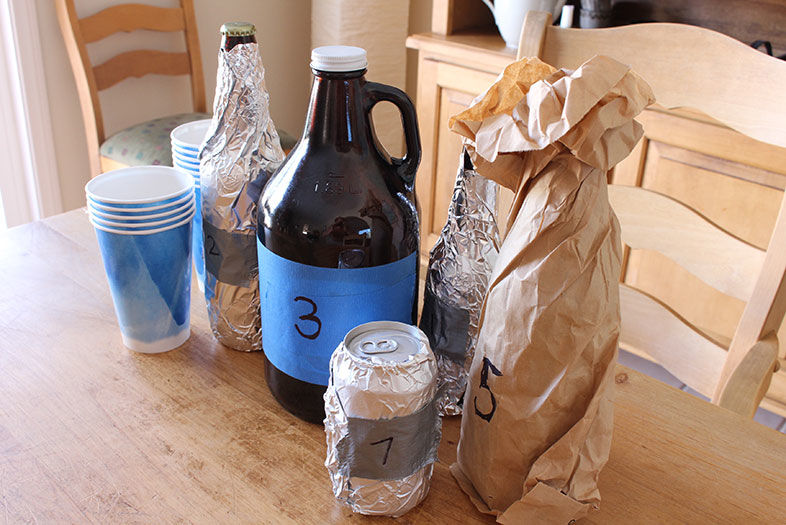
How to Host a Beer Tasting Party
Tasting beer blind challenges your sensory skills. | Photo: Bruce Glassman
Tasting beer blind challenges your sensory skills. | Photo: Bruce Glassman
A few additional suggestions: Encourage your participants to bring beers that are a bit outside the usual, everyday realm. You don’t want everyone showing up with an IPA and a stout. Sure, include a pale ale and an IPA here and there, but also promote the exploration of offbeat styles. Think quads, Brett beers, ESBs, commons, lambics, sours, goses, Dunkelweizens, Wee Heavys, schwarzbiers, and barrel-aged saisons….
I would also advise that, for the initial round of tasting, you only provide crackers or plain bread to act as palate cleansers between selections. Any real food eaten or paired with the beers will change the way they taste. That, in itself, is also interesting, but it’s better left until after the reveals have happened. Once the beers have been “outed,” you can encourage participants to pair cheeses, meats, or other foods with all the beers and experience how the interactions change the flavors of both the beer and the food.
Finally, I strongly suggest you have a lot of water on hand. Water is a great palate cleanser in between selections, but it also provides crucial hydration. Make sure your guests drink plenty of water during and after the tasting. They’ll thank you in the morning.
Of course, if you’re so inclined, you can customize a blind tasting to be a competition of any desired level of difficulty. You could, for instance, do a blind tasting comprised exclusively of IPAs. Then the goal may be guessing which IPA belongs to which brewery. Want even more of a challenge? How about naming the predominant hop varieties used? You get the point. Ultimately, the goal is to create a fun and interesting way to taste and experience the many pleasures and varieties of beer. And who knows, you may even surprise yourself in the process. Cheers!

How to Host a Beer Tasting Party
A good tasting includes a wide variety of styles. | Photo: Bruce Glassman
